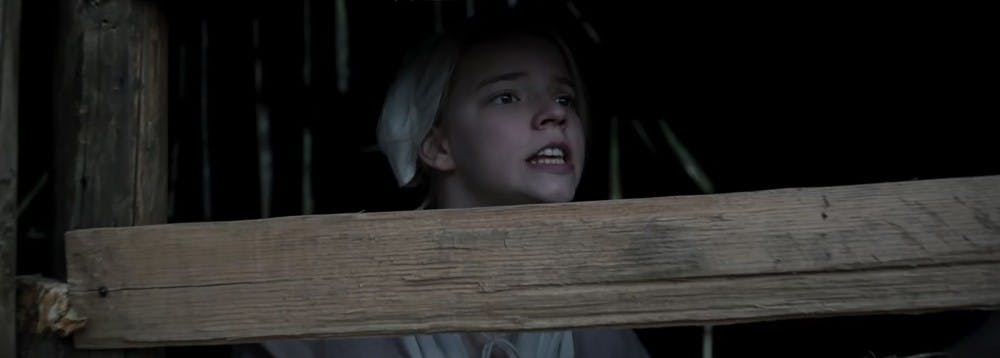The Sundance Film Festival, held every year in Utah, has been home to an eclectic variety of films since the late ’70s. Though many of them are independent films, several big-name directors and producers have showcased their work to get an early response from critics and the movie press in order to save money.
In 2015, director Robert Eggers presented his debut film “The Witch.” Eggers went on to win Directing Award: U.S. Dramatic, at the festival. Later, “The Witch” was selected for a theatrical release of this year.
“The Witch” tells the story of a poor New England family that is banished from a plantation over disagreements of beliefs with the leaders of the plantation. With nowhere to go, the family moves to the edge of a nearby forest and tries to make a new living.
Led by the father, William, played brilliantly by Ralph Ineson, the family is devoutly religious.
They rely on their faith to get them through their days. The dialogue may sound dated and its syntax sounds fantastical, but it is engaging. Seeing “The Witch” in theaters gives it the disadvantage of not having subtitles and it demands your attention.
Fortunately, the cast never flubs a line. The children cast in the film deserve extra praise. The family has four children: The elder teenage daughter, a son around age 10 and younger twins. The entire story centers around the daughter, Thomasin, played by Anya Taylor-Joy and the middle son, Caleb, played by Harvey Scrimshaw.
One day, Thomasin and Caleb venture off into the woods in order to find fresh fruit, but what they discover changes their lives for the worse.
“The Witch” is about a family surviving. We as the audience feel their plight, their hopes and dreams and then their sadness. The slow buildup plays on your anticipation for the story to expand and it helps the small setting of “The Witch” seem much bigger than it is.
“The Witch,” as the name suggests, is ultimately a horror film. It contrasts from other schlock that audiences are often thrown at from big-budget studios. For the most part, mainstream horror films rely too heavily on jump-scares and predictable scenarios that do not challenge audiences and are often low-brow. Even with all the scary images, I often find them boring.
However, “The Witch” uses the oldest trick in the book: Sound editing. For film, it refers to sound and atmosphere that enhances and emphasizes the story. Loud noises and banshee sounds that come from the soundtrack, rather than the actors, adds a rich layer of intensity.
The best horror films are those that play on psychology. The fear of what you do not see is often more profound that what is seen. The horror is not the focus, however. It is brief and non-gratuitous. The focus is around a man and his family who try to harvest ahead of the coming winter months. The haunting noises and visually striking horrors are kept to a minimum and it allows the family’s story to remain primary.
“The Witch,” like other gems before it, proves once again that an understanding of the language of cinema can result in a great film, no matter how much money a studio hurls at it.
Entertaining, thought-provoking and intense-- —“The Witch” deserves every bit of praise it receives.




The Slate welcomes thoughtful discussion on all of our stories, but please keep comments civil and on-topic. Read our full guidelines here.